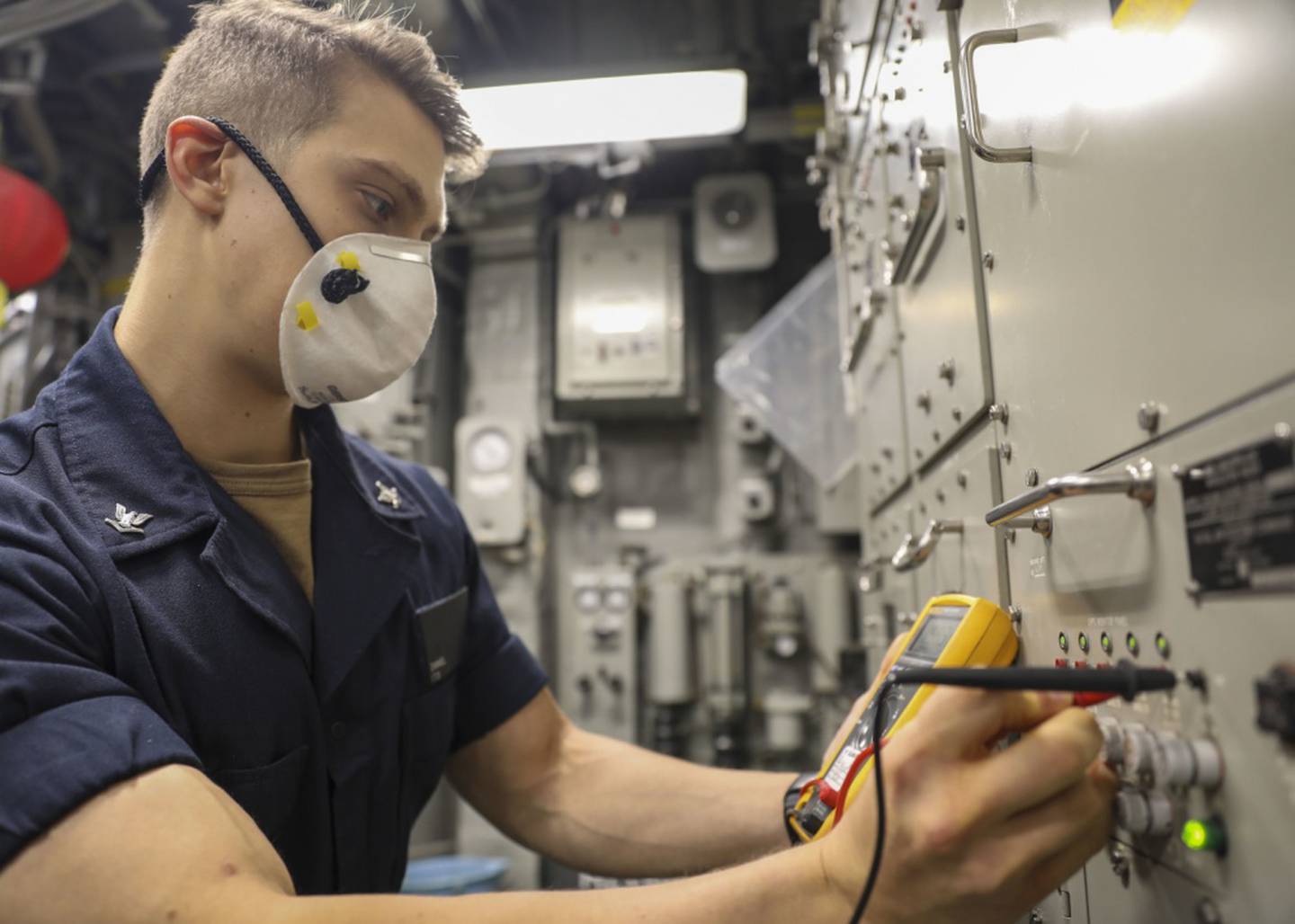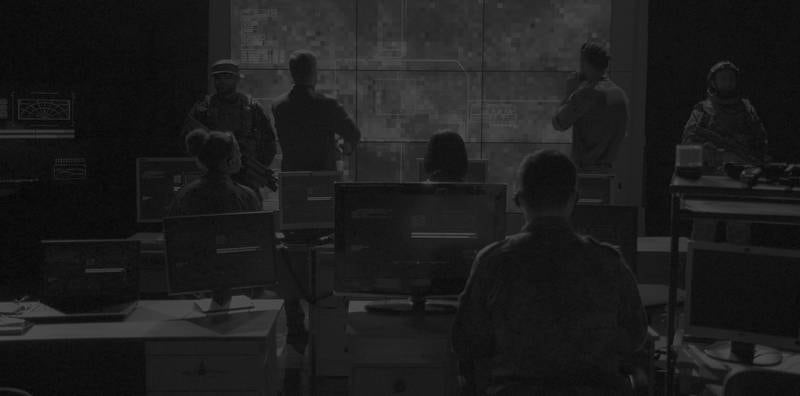Pentagon leaders are continuing to put an emphasis on information warfare.
That change has manifested itself in new tools and new information nodes throughout each of the services.
But while the term “information warfare” can feel nebulous, members of the defense industrial base are starting to find a niche in the new market as a way to help the warfighter and to provide new tools and technology.
C4ISRNET spoke to Kev Hays, director of information warfare programs at Northrop Grumman, about the challenge of information warfare, the areas where government should partner with industry, and how to measure progress.
C4ISRNET: We’ve seen a big shift within DOD the last couple of years as the services embrace information warfare. The threat has changed, but how is information warfare different than it was five years ago?
KEV HAYS: Here’s my way of explaining the evolution of information warfare: ubiquitous and persistent. Information operations is something very specific, you’re out and you’re doing active work. Information warfare is absolutely both ubiquitous and persistent. It is constantly going on. It is the war we are in. It takes on tremendous myriad forms, but it is absolutely ubiquitous and persistent.
C4ISRNET: What does that look like?
HAYS: Let’s think about a training environment for example. In the military, we do training exercises. So if, for example, it’s an air warfare training exercise, there’s a start and end.
There is no such thing as an information warfare training environment that is not contested because it is a continuous, ubiquitous and persistent warfare area. An example would be the influx of intelligence, either gathering or misinformation that goes out via social media or electric tampering or any of these major events that have happened over the last many years that you read about.
What is unique about information warfare is that the adversary is influencing us and we are influencing the adversary as opposed to simply projecting power, disabling systems, and destroying assets.
C4ISRNET: What’s the role for industry in information warfare? Sometimes the way this is talked about, it sounds like merely an internal DOD reorganization. How do you see industry helping DOD in the information warfare space?
HAYS: You’re spot on. There is some confusion over information warfare and where industry and government fit into that big puzzle. Industry’s role really is to advance the technology, to outpace the adversaries and then make that technology usable by our sailors soldiers, airmen and Marines. It does not help if you put a technology out there that is unusable.
C4ISRNET: How does this greater emphasis on information warfare trickle down to help the war fighter?
HAYS: The fact is services are reorganizing. The question you’re asking is why is that important? For industry, it illustrates a recognition by the services that information warfare is in fact, ubiquitous and persistent, and must be a part of all warfare. That battle will be won left of launch. It is an information warrior that will achieve that win. The services have recognized that it is not a Navy surface warfare issue, and a different Navy air issue, and a different Marine issue, and a different submarine issue, it’s a warfare issue.
For the war fighter, a couple of things. First, the advent of information professionals to help us in planning an execution within battle space is tremendous. You now have a person at your side to help you with those kinds of decisions.
The other advantage is that it really provides a potential to share technologies across domains. If I’m a surface warrior and there’s this great tool or system that the air community has, it opens the aperture. It opens the availability for sharing that technology across the individual sub-services or branches within each service. That’s tremendously helpful.
C4ISRNET: There has been a movement internationally to create cyber norms and establish accepted behavior. How do you bring in partners internationally in this space? How is that different from any other type of defense cooperation?
HAYS: It’s not different from any other type of defense cooperation. You’d have to get on the same page for an architecture, you get on the same page for an operating system, that’s really system compatibility in order to have partners anywhere, internationally or domestically. The systems have to be able to talk to each other. I mentioned earlier not just getting the technology advanced but making it usable by the operator. It doesn’t matter what color the flag is that a warrior is serving or what uniform the warrior is wearing. So really, it’s the technology bridge. What are the standards? What are the operating systems program languages? It comes down to system compatibility and tying those technologies together so that the war fighter has the advantage.
C4ISRNET: What would you want to see in the next six, 12, 18 months to show measurable progress?
HAYS: Tighter partnerships between industry and the DOD. We do a lot of partnering. There are other countries and other peer adversaries who are not as encumbered as we are at that boundary between the DOD acquisition community and industry. That will require some trust. Industry needs to earn that trust and the government needs to offer that trust and back and forth. In order to co-innovate and co-develop systems that will in fact, empower our war fighters to gain the advantage and keep the advantage. So clear measures of partnership that break down the traditional barrier of contracts and requirements development. This slower-than-necessary process for getting capability and technology into the hands of the people who need it the most needs to change.
C4ISRNET: Have you seen that?
HAYS: I’ve seen some great progress. Through the use of other transactional authorities, there have been some innovative contracting steps or contracting vehicles that have been used. Some of these processes are very challenging to change. Breaking those rules down and rethinking processes and avenues for quick partnership and quick delivery will take a little bit of time. Can it be done? Absolutely. That will be my measure of success over the next several months to a year. How quickly we can partner between the government and industry.




